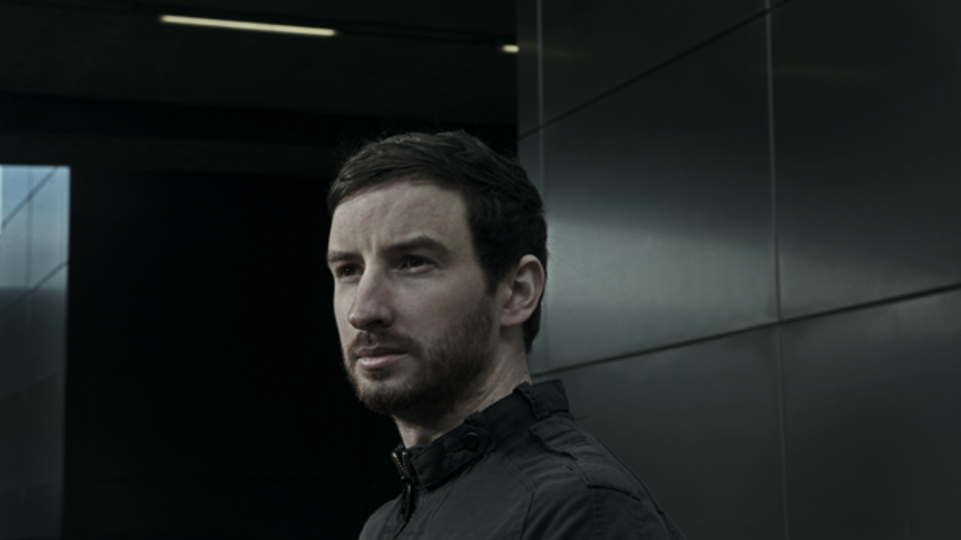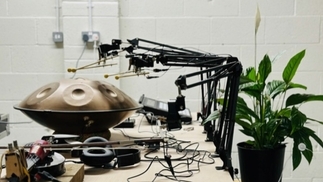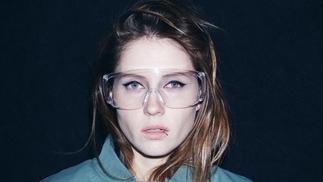MAX COOPER BLINDS US WITH SCIENCE
INTERVIEW: Sound designer releases debut album 'Human'

Max Cooper is one of the cleverest DJ/producers working in the industry today. He has a PhD in genetics, but has instead decided to make his way in electronic music.
He hasn't been averse, however, to using his scientific background to create his intricate tapestries of sound. His 'Serie' EPs for Traum Schallplatten were themed around different scientific concepts, and now his debut album — 'Human' — really showcases the depth of his talent.
After an ambient intro, 'Adrift' features Kathrin DeBoer from Belleruche on vocals on a bit of a Lamb vibe before 'Automaton' raises the tempo a tad and into chilled broken beat atmospherica. 'Numb' is lilting progressive with a great burrowing bassline, and soon the cogs are cranked into discursive drilling bassy techno, demonstrating that Max knows how to rock a floor as well as create exceptional immersive sound design.
DJ Mag caught up with Max ahead of his live show in London at Crucifix Lane on April 5th...
Hi Max, what got you into electronic music in the first place?
“I always dreamt about standing in front of a massive crowd of girls with fake boobs, making heart shapes with my hands to them and beating the air with my fists as I smashed out huge tunes at exclusive pool parties. It was that dream that pushed me throughout the years, and still drives me today, although I've accidentally ended up with bearded men in dark sweaty glitch laboratories. I don't know what's gone wrong.”
You based your 'Serie' EPs on different scientific concepts – why did you want to do this?
“I usually use concepts for my tracks, it helps to push me in new directions creatively and try things I wouldn't have done if it wasn't for my thinking about how a particular concept can be related to a particular piece of music. Also, music isn't just about what you hear coming out of the speakers, it's about the track, artist and label, what they're associated with and how you categorise them internally. If you've just bought a load of new tracks you haven't yet memorised, and you hide the artist and track names from yourself and listen through again, it can be surprising how different things can sound without those other subconscious associations.”
What similarities are there between the science of the human body and the science of the 'Human' album — or producing electronic music tracks in general?
“The album is just my personal attempt to take some common human ideas, like waking up, or being angry or relaxed, or being a biological machine, and applying them to pieces of music in which you should be able to hear the ideas come through. An example of a scientific human body link in the album would be the first track, 'Woven Ancestry', which is about how every individual is the product of all their ancestors' genetics and ideas from around the world and back into time. To represent musically, I took ancient instruments from around the world and had them play lots of different melodies and rhythms, which combine to form a single coherent whole like the resulting individual. So the science links are just useful creative tools, really.”
Is it fair to say you're a techno 'boffin'?
“It depends on your perspective. I think from inside what I would see as the proper techno scene, I'm definitely no boffin, because there's hardly an evenly-spaced kick in my whole album, and it's much too fiddly and downtempo for Berghain. But maybe from a general music perspective you could say that, it's always impossible to pin down anything when it comes to naming genres.”
Did you ever think DJ/producing would become your real job?
“I hoped it would, but I always expected science would be my real job in the end.”
Why do you like concepts in your music?
“They help to open new doors creatively, they give options to explore for music videos and other projects, they provide more of a rounded view on what I'm all about and who I am, which can add to the listener's experience.”
The album veers from weird to tuff – how did you get inspiration for it?
“I wanted to explore the human condition however I could, and us being complex, varied things. I crossed a lot of distance musically too.”
What do you do at your gigs?
“It's a bit like the album in approach, but if I'm playing at a techno club for example, I strip out most of the downtempo stuff and try to keep some groove moving, with regular excursions into broken mayhem, melodic ambience or alternative bpms. It's always a matter of pushing people as much as I feel like I can, so as to play something different that they haven't heard before, and something challenging and rewarding, but still at the same time making sure it's a proper party and people have fun too.”
What's happening for you this year?
“It's all album touring at the moment, then later in the year I'll get back to the 4D show, and start working on another new live project with Tom Hodge — bringing the piano and electronics together in a performance setting. The 4D show, in case an explanation is needed, is a 3-dimensional array of speakers the audience stands inside, which can give the impression of sounds anywhere in the space, and moving and changing shape: hence the '4D Sound' name, in that the sounds move in the dimension of time as well as in the three dimensions of space. The result is an amazingly immersive listening experience in which each piece of music becomes a physical entity that you can walk around inside and explore. Sounds hang out by your foot, fly past your head, and you can walk inside and past them.”
Anything else you'd like to tell DJ Mag readers?
“If you'd like to hear more, come to Crucifix Lane in London on the 5th April for the album launch!”
More Max here





